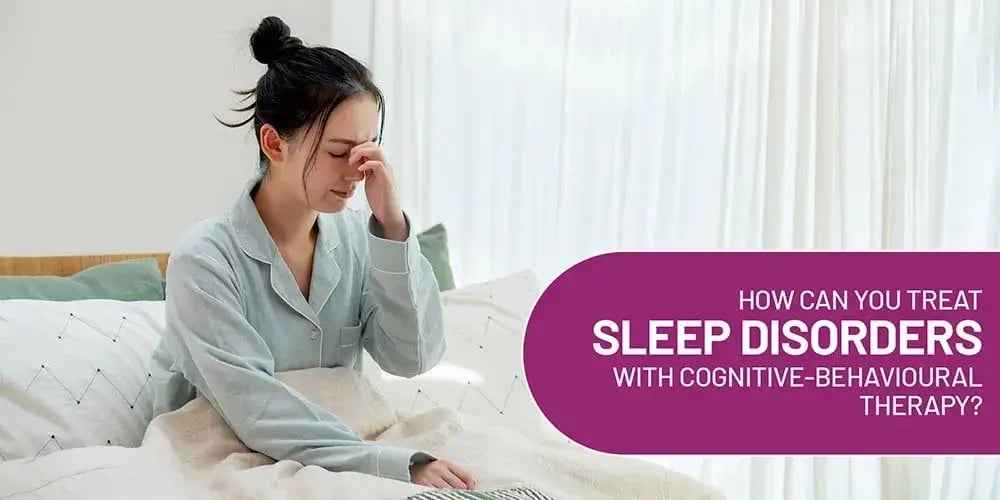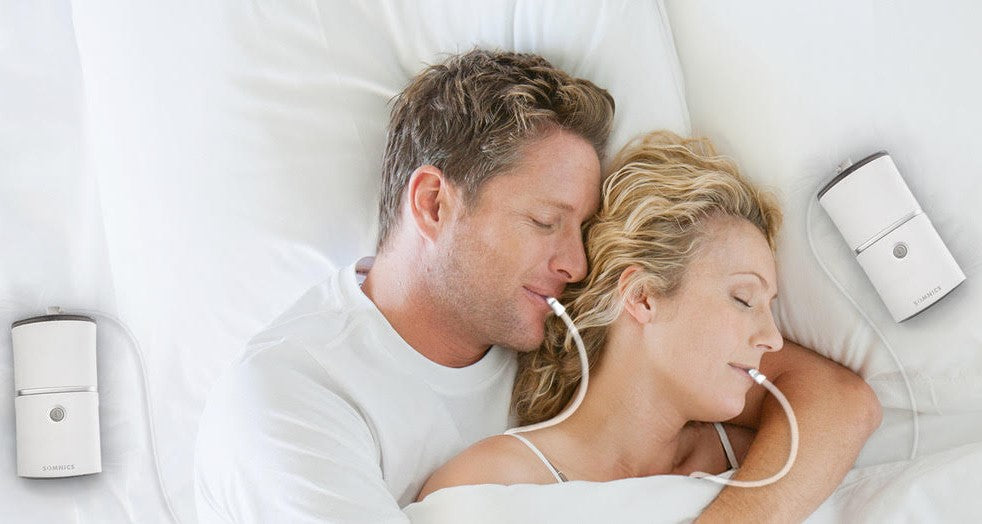Reliable Treatment Solutions for Handling Rest Disorders and Enhancing Relaxing Rest
In the world of healthcare, the monitoring of rest disorders and the mission for restful sleep are pivotal elements of total health. As we browse the complex landscape of rest disorders and seek to enhance our sleep experience, a much deeper understanding of these treatment solutions might hold the secret to unlocking a more relaxing and meeting corrective journey.
Cognitive Behavior Therapy for Insomnia (CBT-I)
Cognitive Behavior Therapy for Sleeping Disorders (CBT-I) is an organized, evidence-based treatment method that focuses on attending to the hidden elements contributing to sleep disturbances. This type of treatment intends to customize behaviors and thoughts that aggravate sleeping disorders, eventually promoting healthy and balanced sleep patterns. CBT-I usually involves several essential parts, consisting of cognitive treatment, sleep limitation, stimulation control, and sleep health education and learning.
Cognitive treatment aids individuals determine and transform unfavorable idea patterns and ideas regarding rest that might be impeding their ability to fall or remain asleep. Sleep constraint includes limiting the quantity of time invested in bed to match the individual's real sleep period, consequently raising rest efficiency (sleep deprivation help). Stimulus control methods help develop a solid association between the bed and rest by urging individuals to go to bed only when sleepy and to avoid taking part in stimulating activities in bed
Moreover, rest health education concentrates on establishing healthy and balanced rest behaviors, such as preserving a constant sleep routine, creating a relaxing bedtime routine, and maximizing the rest atmosphere. By attending to these variables adequately, CBT-I supplies an efficient non-pharmacological intervention for taking care of sleeping disorders and improving general sleep quality.
Rest Hygiene Practices
Having developed the foundation of cognitive restructuring and behavioral adjustments in dealing with sleeping disorders with Cognitive Behavior modification for Insomnia (CBT-I), the emphasis currently shifts towards discovering essential Rest Health Practices for preserving optimal sleep top quality and general well-being.
Rest health practices encompass a series of habits and ecological aspects that can substantially impact one's capability to sleep and stay asleep throughout the night. Constant rest and wake times, creating a relaxing going to bed regimen, and maximizing the sleep atmosphere by keeping it dark, peaceful, and cool are important elements of excellent rest hygiene. Limiting direct exposure to screens before bedtime, preventing energizers like high levels of caffeine near going to bed, and involving in routine physical task throughout the day can also promote better sleep quality.
In addition, exercising leisure strategies such as deep breathing workouts or meditation prior to bed can assist relax the mind and prepare the body for sleep. By including these rest health methods right into one's everyday regimen, people can develop a healthy sleep pattern that sustains relaxed sleep and overall well-being.
Leisure Techniques and Mindfulness
Carrying out relaxation strategies and mindfulness techniques can play a crucial duty in fostering a sense of calm and advertising quality sleep. insomnia specialist. These strategies aim to silent the mind, reduce anxiety, and create an optimum setting for restful sleep. One commonly practiced approach is deep breathing workouts, where individuals concentrate on slow, deep breaths to unwind the mind and body. Dynamic muscular tissue relaxation includes tensing and after that launching each muscle mass team, advertising physical relaxation. Furthermore, directed imagery can help transfer people to a relaxed location in their minds, assisting in anxiety decrease and improving rest high quality.
Mindfulness practices, such as reflection and yoga exercise, are also efficient in advertising relaxation and boosting sleep. Mindfulness encourages individuals to remain existing in the moment, releasing bother with the past or future. By incorporating these techniques right into a bedtime routine, individuals can signify to their bodies that it is time to prepare and unwind for sleep. Generally, integrating leisure techniques and mindfulness techniques can substantially add to handling rest problems and enhancing total sleep high quality.

Medicine Options for Sleep Disorders
After checking out relaxation strategies and mindfulness practices as non-pharmacological interventions for improving sleep top quality, it is important to consider medication alternatives for individuals with sleep conditions. In situations where lifestyle adjustments best site and therapy do not offer adequate alleviation, medication can be a valuable tool in taking care of rest disruptions.
Typically prescribed medicines for sleep disorders include benzodiazepines, non-benzodiazepine hypnotics, antidepressants, and melatonin receptor agonists. Antidepressants, such as trazodone, can be advantageous for individuals with co-occurring anxiety and sleep disturbances - insomnia solutions.
It is essential for individuals to speak with a doctor to establish one of the most appropriate medicine choice based upon their certain sleep problem and case history.
Light Therapy for Circadian Rhythm Guideline
Light treatment, also recognized as phototherapy, is a non-invasive therapy method used to control body clocks and enhance sleep-wake cycles. This treatment involves direct exposure to brilliant light that mimics natural sunshine, which aids to reset the body's biological rhythm. By exposing individuals to specific wavelengths of light, generally in the morning or evening relying on the desired effect, light therapy can effectively adjust the body clock to promote wakefulness throughout the day and improve peaceful sleep at night.
Study has shown that light therapy can be particularly beneficial for individuals with body clock disorders, such as postponed sleep phase syndrome or jet lag. It can also be useful for those experiencing seasonal affective problem (SAD), a sort of depression that generally happens throughout the winter season when all-natural light exposure is lowered. Light treatment is typically well-tolerated and can be made use of in conjunction with other treatment methods for sleep conditions to optimize results and improve total rest top quality.
Conclusion
In conclusion, efficient therapy solutions for taking care of rest conditions and boosting relaxing rest include Cognitive Behavior modification for Sleeplessness (CBT-I), rest hygiene methods, leisure techniques and mindfulness, medicine options, and light therapy for body clock guideline. These approaches can assist people boost their rest top quality and visit site total health. It is necessary to consult with a doctor to establish the most suitable approach for dealing with sleep issues.
As we browse the detailed landscape of sleep conditions and seek to boost our rest experience, a much deeper understanding of these therapy options might idiopathic hypersomnia treatment hold the trick to unlocking a much more relaxing and fulfilling restorative trip.
Sleep constraint includes limiting the amount of time spent in bed to match the person's actual sleep period, consequently raising rest efficiency. Consistent sleep and wake times, creating a relaxing going to bed routine, and maximizing the sleep environment by maintaining it dark, quiet, and cool are crucial elements of excellent rest hygiene. Light therapy is typically well-tolerated and can be used in combination with various other treatment methods for rest disorders to maximize end results and boost total sleep top quality.
